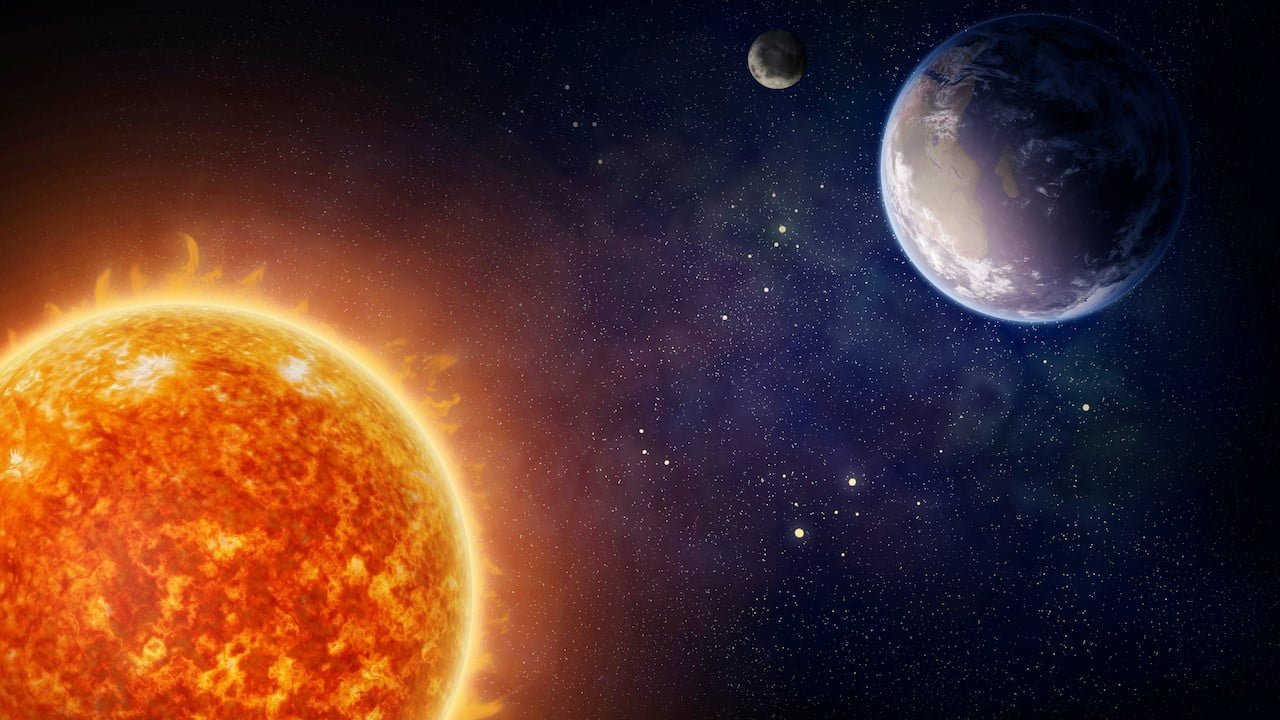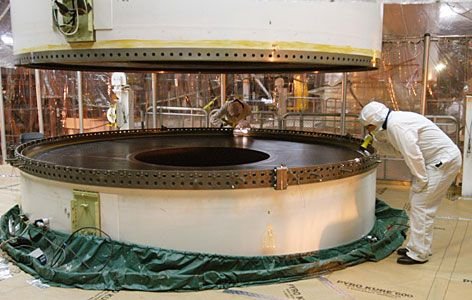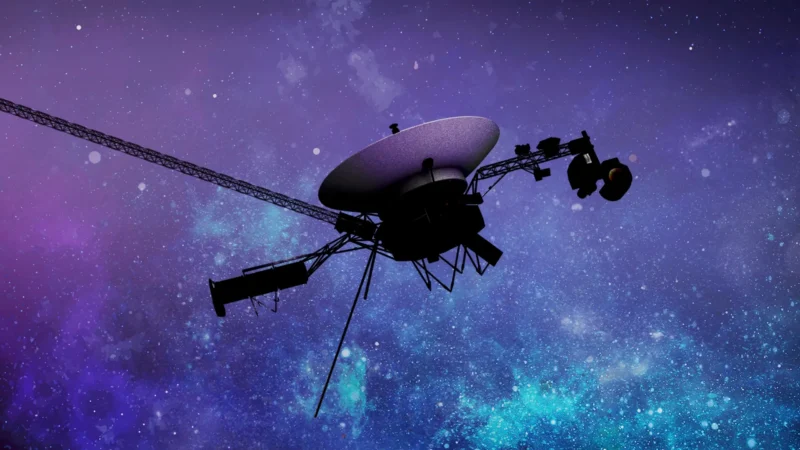Spaceweather.com

A few years ago, I signed up to receive newsletters from Spaceweather.com, a news and information website about the Sun-Earth environment. They have many fascinating articles, including information on when and where you can watch the aurora borealis, more commonly known as the northern lights (in my part of the world).
RED LIGHTS OVER TEXAS: Last week, an amateur astronomer photographed a nearly-spherical red blob of light gliding across the night sky over Texas. Was it a UFO? An aurora? No to both. The increasingly frequent displays were caused by SpaceX.
This is starting to happen a lot in Texas. On April 10th, around 2:14 in the morning, amateur astronomer Abdur Anwar looked up from Big Bend National Park and saw a glowing red blob glide across the starry sky. “I photographed it using my Google Pixel 6a phone in night mode,” he says.

Photo courtesy of Abdur Anwar
“Is this a new aurora phenomenon?” he asks.
No, it’s SpaceX.
About 90 minutes before the red blob appeared, a Falcon 9 rocket lifted off from the Cape Canaveral Space Force Station in Florida, carrying 23 Starlink satellites to low-Earth orbit (Starlink Group 6-48). After the satellites were deployed, the rocket’s second stage executed a de-orbit burn, creating the nearly-spherical red light.
It’s not the first time sky watchers have noticed this phenomenon. “We are seeing 2 to 5 of them each month,” reports Stephen Hummel of the McDonald Observatory in Texas, who photographed a spectacular example last November.
The red glow is created by a chemical reaction. De-orbiting Falcon 9 rocket engines spray water (H2O) and carbon dioxide (CO2) into the upper atmosphere–as much as 400 lbs of exhaust gasses. A complicated series of charge exchange reactions between these molecules and O+ atoms produce red light at a wavelength of 6300 Å–coincidentally, the same color as red auroras.
To read more stories like this, you can also subscribe too!



Leave a Reply